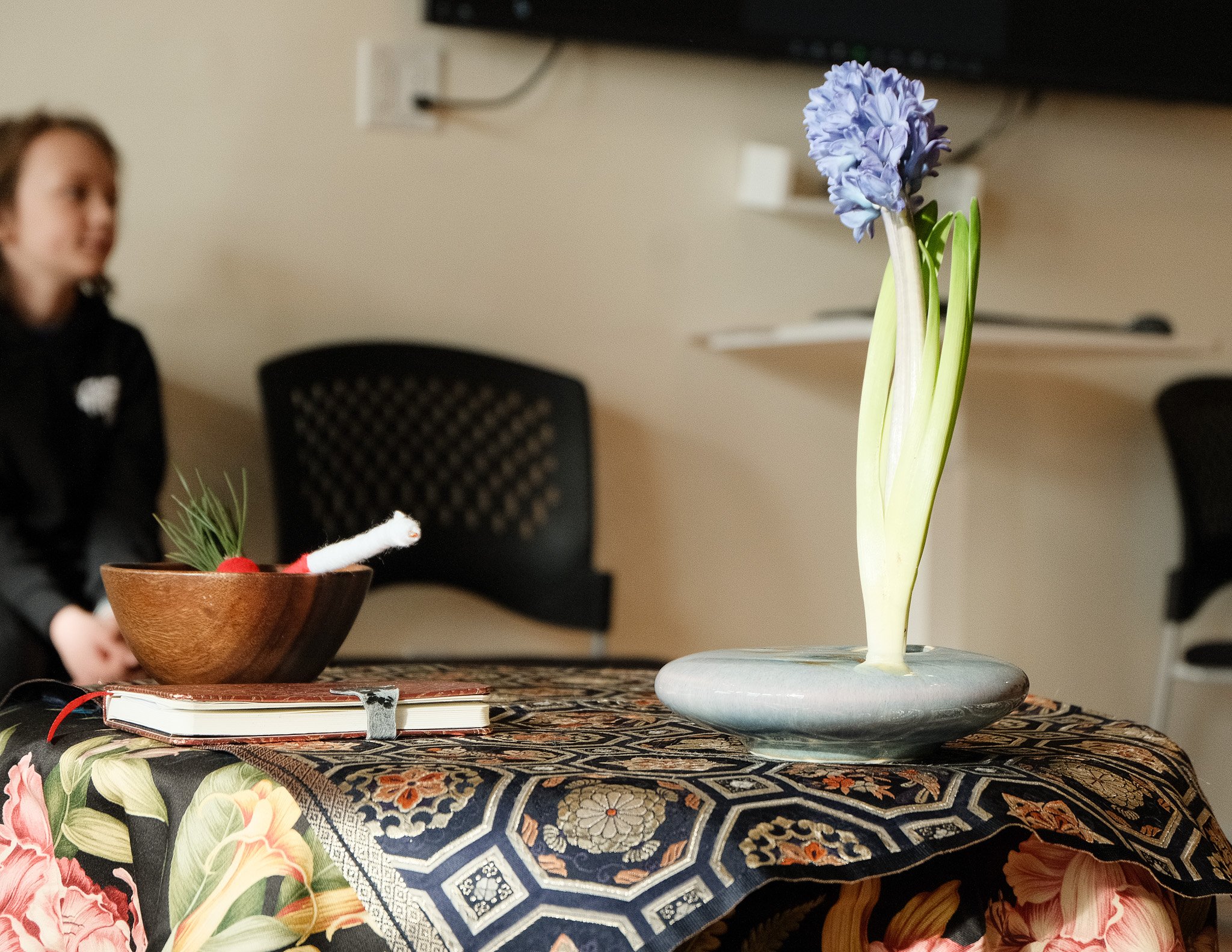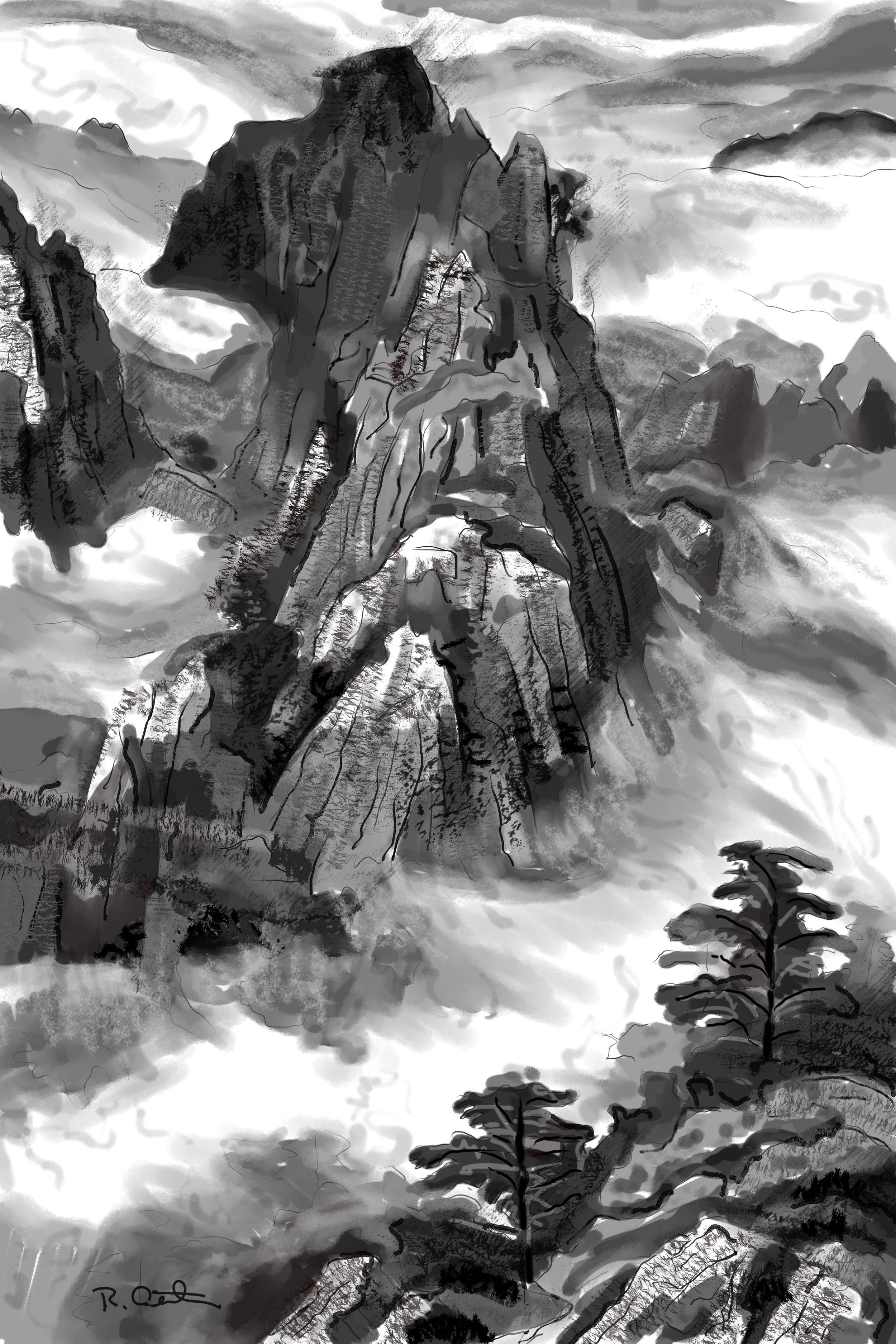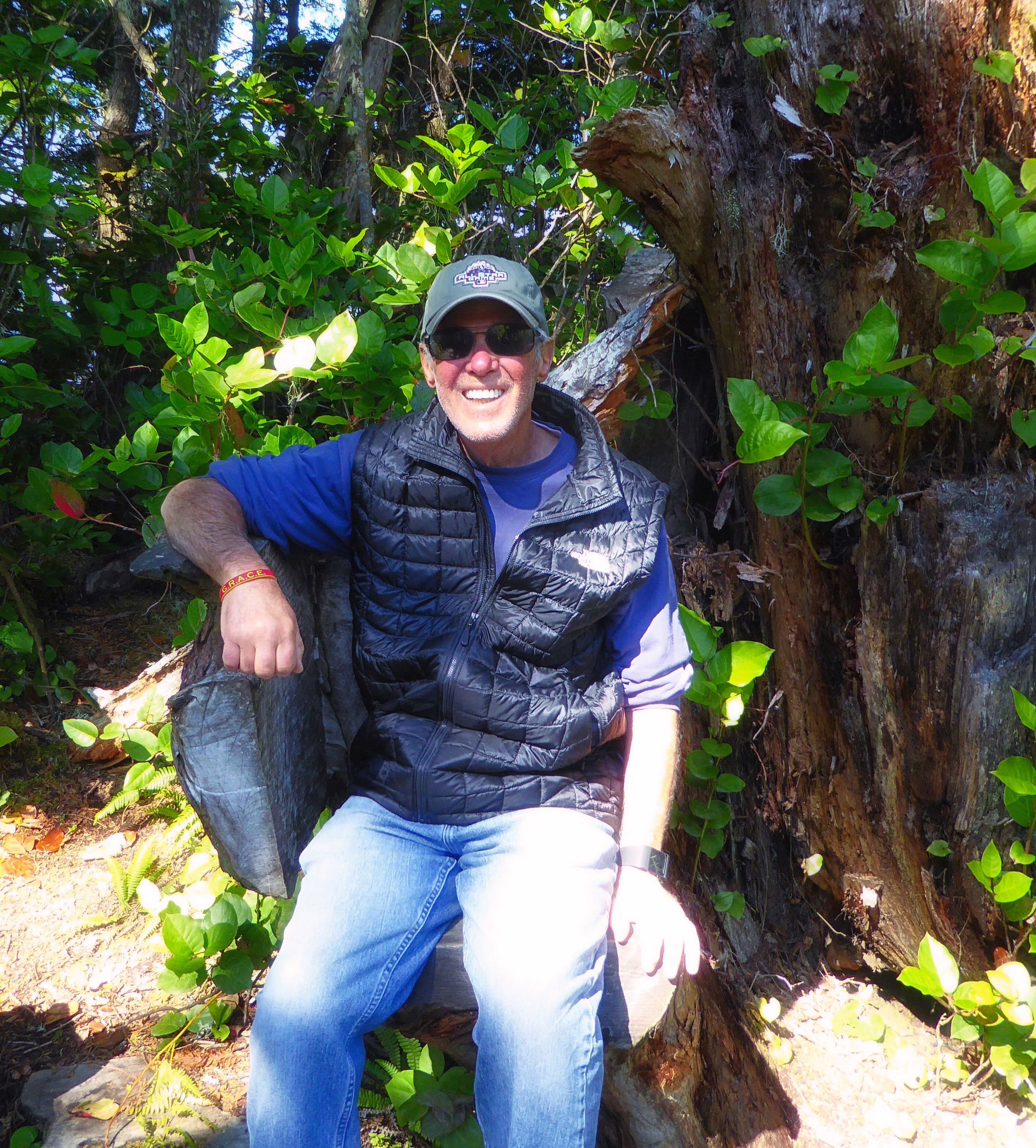
ZenLife Blog

After Awakening
This is the crux of the whole Genjokoan. He’s saying that when you look at your reflection in water, there’s a tipping point: either the water’s transparent or it’s murky and reflective like a mirror. It doesn’t gradually become a mirror. It’s either a mirror or it isn’t. Dogen is using this as a metaphor: when you drop off the body-mind, when you forget the self, you become a mirror that reflects the dharma.

Thinking Beyond Words
I think it is useful to maintain this perspective of a less-than ideal Buddha. A person who struggled with finding the right way to live, with right actions and right speech. Having this vantage-point fosters an understanding that anyone can enter the Bodhisattva path. Pema Khandro has noted that “Wherever you find yourself, that’s the starting point of the Bodhisattva path — all we need to do is to take that first step.

